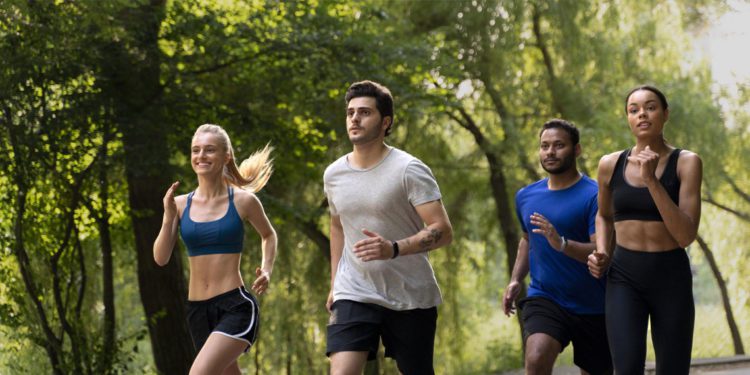If you’re tired of plodding along at the same pace every day, it may be time to try something new. Instead of running like you normally do, reverse running will have you sprinting in place while walking forward. You can do this virtually anywhere, and the results are bound to amaze you. Here’s why it’s worth giving it a shot.
What is it?
Reverse running is basically regular running in reverse. Instead of running forward, you run backward. The unique movements required to be successful at reverse running can help athletes enhance their form while strengthening their core and creating more balanced muscles in areas that need it most. Because of these special physical properties, reverse runners often have better posture, more flexibility, and a greater overall range of motion than other athletes. Reverse running also burns calories twice as fast as regular jogging because every time your foot lands behind you must re-engage your glutes and hip flexors—burning extra fat off your body even when resting. You might not think it’s possible, but if you’re able to get past some early awkwardness, then trying out reverse running could change your life for the better. And with its growing popularity comes an abundance of information on how best to train for and become good at reversing.
How it Helps
One of its main benefits is that it helps improve running form. While forward-only running teaches you to use your legs, reverse running focuses on using your core and arms to push yourself. This extra oomph works those muscles without taxing them too much and allows you to continue working out for longer periods of time. Plus, reverse running is a great way to relieve soreness after a hard run—it’s even better than walking or doing cross-training because it helps ease pain in addition to building muscle strength. Reverse running also increases your flexibility by forcing you to stretch while moving at high speeds. It also builds endurance, making it easier to run longer distances faster. The upshot? Reverse running will help make your body more efficient at all types of movement and activity.
Next Steps
There are many training methods that incorporate a reverse running drill. For example, coaches at Redding Academy use it to teach athletes about fighting for positions. The outside runner is leading for a pass and on each stride, she’s focused on looking forward, says head coach Donna Seidl. As she reaches her arm forward to begin her next stride, she slides her foot back and sets up for another lead. If you’re not in a competitive setting, it’s still an excellent way to develop overall endurance as well as speed endurance while incorporating elements of conditioning and strength work into your training sessions too. And if you’re coaching kids or beginners—reverse running has them working both sides of their body equally; oftentimes developing more balance throughout their bodies.













